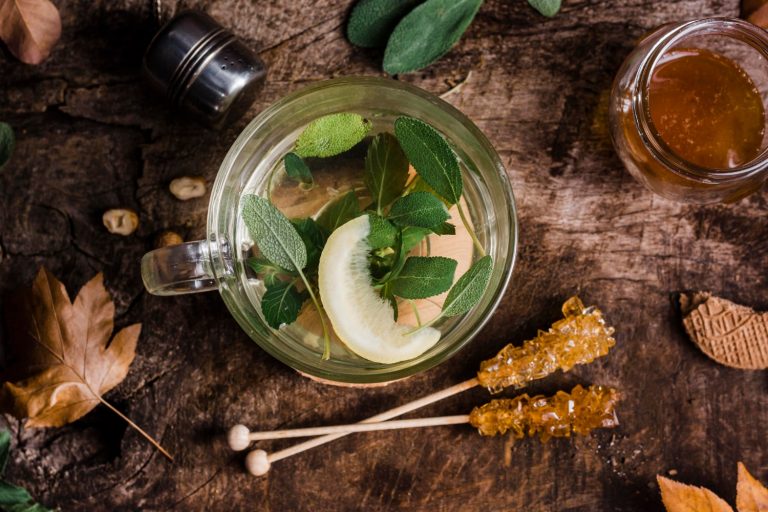Achieving bladder peace today is not just a dream; it’s a tangible goal within your reach. If you’ve ever felt the frustration of a restless bladder, you’re not alone. Many women experience bladder discomfort, and the good news is that you can take control. This article is designed to guide you through seven practical steps to find that much-desired bladder peace. Let’s dive in!
Contents
Understanding Bladder Peace
Bladder peace isn’t merely the absence of discomfort; it’s about feeling confident and in control of your body. When your bladder is at peace, you can go about your day without the constant worry of urgency or discomfort. It’s a state of well-being that enhances your quality of life. Why does this matter? Because a healthy, functioning bladder allows you to engage fully—whether it’s enjoying a night out with friends or savoring a quiet evening at home.
Why Your Bladder Deserves Attention
Your bladder plays a crucial role in your overall health. Ignoring its signals can lead to complications like urinary tract infections or even more chronic conditions. Understanding how to nurture this vital organ will empower you to reclaim your life.
Step 1: Hydrate Wisely
Water is your best friend, but how you hydrate matters. Drinking enough water is essential for optimal bladder function, but excessive caffeine or alcohol can irritate your bladder.
- Aim for at least 8 glasses of water a day.
- Limit caffeinated beverages like coffee and soda.
- Opt for herbal teas or infused water for a soothing alternative.
Tip: Keep a water bottle nearby to remind yourself to sip throughout the day!
Step 2: Mind Your Diet
What you eat directly impacts your bladder health. Certain foods can trigger irritation, while others can soothe.
Foods to Embrace
- Fruits: Blueberries and watermelon.
- Vegetables: Spinach and carrots.
- Whole grains: Brown rice and oats.
Foods to Avoid
- Spicy foods: These can upset your bladder.
- Citrus fruits: Oranges and lemons may cause discomfort.
- Artificial sweeteners: Can be irritating for some.
Discovering what works for you is key. Keep a food diary to track your triggers and find your personal peace.
Step 3: Strengthen Your Pelvic Floor
Your pelvic floor muscles support your bladder and can profoundly affect your bladder health. Strengthening these muscles can lead to better control and fewer accidents.
Simple Exercises
- Kegel exercises: These involve squeezing and releasing the muscles you use to stop urination. Aim for three sets of 10 reps daily.
- Pilates: Focuses on core strength and pelvic stability.
- Yoga: Certain poses can enhance relaxation and pelvic muscle tone.
Tip: Consistency is crucial. Make it a part of your daily routine.
Step 4: Manage Stress
Stress can wreak havoc on your bladder. When you’re stressed, your body responds in ways that can lead to increased urgency and discomfort. Finding effective stress management techniques is essential for achieving bladder peace.
Effective Stress Relief Strategies
- Mindfulness and meditation: Spend just a few minutes a day focusing on your breath.
- Deep breathing exercises: Inhale deeply through your nose, hold, and exhale slowly through your mouth.
- Physical activity: Regular exercise can boost your mood and reduce anxiety.
Remember: Your mental health is as vital as your physical health.
Step 5: Seek Professional Guidance
Don’t hesitate to speak to a healthcare professional if you’re struggling. A urologist or a pelvic health specialist can provide tailored advice based on your specific situation.
When to Seek Help
- Frequent urination at night (nocturia).
- Pain during urination.
- Sudden urges that interfere with daily life.
Take control of your health! It’s important to advocate for yourself and seek the help you deserve.
Step 6: Explore Bladder Training Techniques
Bladder training can help you regain control over your urges. This method involves scheduling bathroom visits and gradually extending the time between them.
How to Start Bladder Training
- Set a schedule: Start with a manageable interval (e.g., every hour).
- Gradually increase the time: Add 15 minutes every week.
- Keep a bladder diary: Track your progress and any changes.
Consistency is key. Over time, you’ll likely find that your bladder becomes more cooperative.
Step 7: Consider Natural Remedies
Nature has provided us with some powerful allies for bladder health. Incorporating certain herbs and supplements may offer relief.
Natural Remedies to Explore
- Cranberry extract: Known for its role in preventing UTIs.
- D-Mannose: A simple sugar that may help prevent urinary tract infections.
- Pumpkin seed extract: Can improve bladder function and reduce urgency.
Always consult with your healthcare provider before starting any new supplement, especially if you’re on medication.
Bottom Line
Achieving bladder peace today is possible through mindful choices and proactive steps. By embracing hydration, a balanced diet, pelvic floor exercises, stress management, and professional guidance, you’re setting yourself on a path to wellness. Remember, you are not alone in this journey, and your health matters.
FAQs
1. How long does it take to see improvements in bladder health?
Improvements can vary, but many people notice changes within a few weeks of adopting these strategies.
2. Are there any specific exercises that are best for bladder health?
Kegel exercises are particularly effective for strengthening pelvic floor muscles.
3. Can stress really affect bladder function?
Absolutely. Stress can lead to increased urgency and frequency, making it essential to manage stress effectively.
Your bladder deserves care and attention, just like every other part of your body. Start your journey towards bladder peace today—your future self will thank you!








